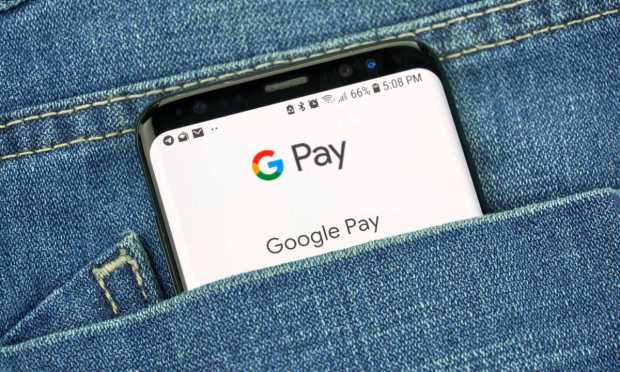Google Pay Named Payment Institution in Brazil

Google Pay has reportedly won permission to operate as a payment institution in Brazil.
The move helps the company expand its footprint in Latin America’s largest economy at the of a year that has seen Google pledge $1.2 billion to invest in the region’s digital transformation.
According to a report by Reuters Thursday (Dec. 8), this allows the company to initiate transactions but not manage payment accounts or hold the funds from transactions.
A spokesperson for Google told Reuters this will let the company offer “more payment options to users through our platforms in Brazil.”
Google announced its $1.2 billion Latin American investment in June, saying the funding would support three large initiatives. First, an undersea cable connecting North America and South America across the Atlantic Ocean, designed to provide better internet access.
Google is also adding to its team of engineers in Brazil with an emphasis on security and privacy. The company opened its Engineering Center for Latin America in the country in 2005.
Lastly, the company announced plans to launch Google Wallet — a digital wallet designed to compete with Apple Pay — in Brazil and Chile, while also expanding the payment feature on Android smartphones to other countries.
Also in June, Google announced it would build an engineering center connected to Brazil’s Sao Paulo University, due to open in 2024 and house 400 employees.
As PYMNTS noted last week, Latin America has seen a boom in eCommerce, driven partially by real-time payments.
“These payment systems are popping up all over Latin America and have been a clear success: Costa Rica’s Sinpe Móvil program, for example, saw $6.5 billion in transactions in 2021, four times what it experienced in 2020,” we wrote.
And Brazil’s Pix system might be the biggest hit of all, gaining 100 million users in its first 10 months of operation, a figure that represents 60% of the country’s population. eCommerce in Latin America can attribute much of its growth to the ubiquity and ease of use of these instant payment methods.
